Home>Storage Ideas>Living Room Storage>How To Disinfect And Clean Your Home After The Flu
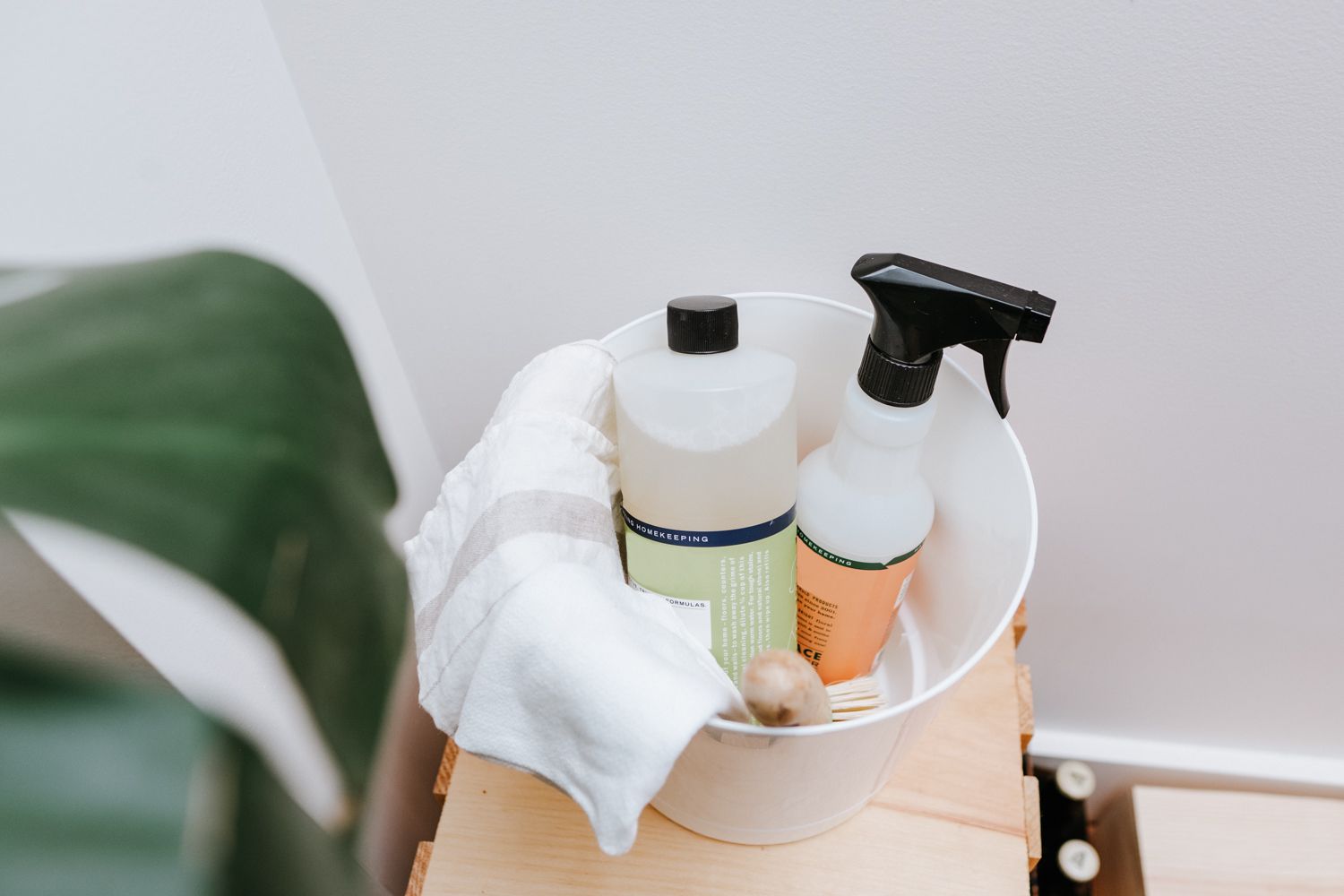

Living Room Storage
How To Disinfect And Clean Your Home After The Flu
Modified: February 25, 2024
Learn how to effectively disinfect and clean your home after the flu outbreak. Discover the best practices for maintaining a germ-free living room with proper storage solutions.
(Many of the links in this article redirect to a specific reviewed product. Your purchase of these products through affiliate links helps to generate commission for Storables.com, at no extra cost. Learn more)
Introduction
Welcome to our comprehensive guide on how to disinfect and clean your home after the flu. The flu, also known as influenza, is a highly contagious viral infection that can spread rapidly from person to person. It can cause a range of symptoms, including fever, cough, sore throat, body aches, and fatigue.
One of the most effective ways to prevent the spread of the flu is to maintain a clean and sanitary living environment. Cleaning and disinfecting your home, especially after someone in your household has been ill, can help eliminate germs and reduce the risk of further infection.
In this article, we will provide you with a step-by-step process and tips for thoroughly cleaning and disinfecting your home to ensure that you create a safe and healthy environment for you and your family.
Please note that while these cleaning and disinfecting measures are particularly important during flu season, they can also be applied to help prevent the spread of other contagious viruses and bacteria.
So, let’s dive in and learn how to effectively disinfect and clean your home after the flu!
Key Takeaways:
- Regularly cleaning and disinfecting high-touch surfaces, laundering fabrics, and practicing good hygiene can effectively prevent the spread of the flu virus within your home, creating a safe and healthy environment for your family.
- Maintaining a clean and healthy home, along with consistent cleaning routines and proper hygiene practices, not only protects against the flu but also contributes to overall well-being and peace of mind for you and your loved ones.
Read more: How To Disinfect Pillows After Having A Flu
Understanding the Flu
The flu is a highly contagious respiratory illness caused by influenza viruses. These viruses can be spread through droplets when an infected person coughs, sneezes, or talks. The flu season typically begins in the fall and can last through the winter months.
Symptoms of the flu often include fever, cough, sore throat, body aches, fatigue, and sometimes nausea and vomiting. These symptoms can range from mild to severe and can sometimes lead to complications such as pneumonia.
It is important to understand that the flu is different from a common cold. While both are viral respiratory illnesses, the flu tends to have more severe symptoms and can result in more serious complications.
Flu viruses can survive on surfaces for up to 24 hours, which means that touching contaminated surfaces and then touching your face can lead to infection. This is why proper cleaning and disinfecting practices are crucial in preventing the spread of the flu.
It is also important to note that the flu virus can be spread by individuals who are infected but have not yet started showing symptoms. This makes it essential to practice regular cleaning and disinfecting routines, even if no one in your household is currently sick.
By understanding the nature of the flu virus and how it spreads, you can take proactive measures to protect yourself and your loved ones by maintaining a clean and hygienic living environment.
Importance of Cleaning and Disinfecting
Cleaning and disinfecting your home is vital in preventing the spread of the flu virus. When someone in your household is ill with the flu, it is crucial to take extra precautions to ensure a clean and healthy environment for everyone.
Here are some reasons why cleaning and disinfecting are important:
- Eliminate Germs: The flu virus can survive on surfaces for up to 24 hours. By regularly cleaning and disinfecting high-touch areas, you can remove germs and reduce the risk of infection.
- Prevent Further Spread: When a person is sick with the flu, they can easily spread the virus to others through surface contact. Proper cleaning can help break the chain of transmission and prevent the flu from spreading to other family members or visitors.
- Protect Vulnerable Individuals: Certain individuals, such as young children, the elderly, and those with compromised immune systems, are more susceptible to contracting the flu and experiencing severe symptoms. By maintaining a clean and disinfected environment, you can provide added protection for those who are at higher risk.
- Promote Health and Well-being: A clean and organized living space contributes to overall well-being. When your home is free from clutter and regularly cleaned, it can help reduce stress and create a healthier environment for you and your family to thrive in.
- Prevent Other Illnesses: In addition to the flu, there are other viruses and bacteria that can cause illness. Proper cleaning and disinfecting practices can help prevent the spread of various pathogens and reduce the likelihood of other illnesses.
Remember, cleaning and disinfecting work in tandem to effectively remove germs and create a safer environment. Cleaning involves removing dirt and debris from surfaces, while disinfecting involves using chemicals to kill germs. Using both methods together will help ensure a thorough cleaning process.
Now that you understand the importance of cleaning and disinfecting, let’s move on to the precautions you should take before getting started.
Precautions to Take Before Cleaning
Before you begin the cleaning and disinfecting process, it’s important to take some precautions to ensure your safety and the effectiveness of your efforts. Here are some key steps to follow:
- Protective Gear: Wear disposable gloves and a mask or face covering to protect yourself from any potential exposure to germs during the cleaning process. Gloves should be discarded after each use, and hands should be thoroughly washed after removing them.
- Ventilation: Open windows or doors to promote air circulation while cleaning. This can help reduce the concentration of any cleaning chemicals and provide fresh air to the space.
- Isolation: If someone in your household is still contagious with the flu, it’s important to isolate them in a separate room during the cleaning process. This helps minimize the risk of spreading germs to other areas of the house.
- Remove Clutter: Before you start cleaning, remove any unnecessary items or clutter from the area. This will make it easier to access surfaces and ensure a thorough cleaning process.
- Read Labels: Familiarize yourself with the instructions and safety precautions on cleaning product labels. Ensure that you’re using the appropriate cleaning agents and following any recommended dwell time or dilution ratios.
- Test Surfaces: Before applying any cleaning or disinfecting solution to a surface, test a small, inconspicuous area first to ensure that it doesn’t cause damage or discoloration.
- Keep Children and Pets Away: During the cleaning process, it’s best to keep children and pets in a separate area to prevent accidental exposure to cleaning chemicals or contaminated surfaces.
By taking these precautions, you can ensure that your cleaning and disinfecting efforts are performed safely and effectively. Now that you’re ready to begin, let’s move on to the essential cleaning supplies you’ll need.
Essential Cleaning Supplies
Having the right cleaning supplies is essential for effectively cleaning and disinfecting your home after the flu. Here are some must-have cleaning supplies you’ll need:
- Disinfectant Wipes or Spray: Look for disinfectant wipes or sprays that are specifically labeled as being effective against the flu virus. These products should contain at least 70% isopropyl alcohol or an EPA-approved disinfectant.
- All-Purpose Cleaner: Choose an all-purpose cleaner that is suitable for various surfaces in your home. This cleaner will help in removing dirt and grime before disinfection.
- Gloves: Disposable gloves are essential for protecting your hands while cleaning. Opt for gloves made of nitrile or latex, depending on any allergies or sensitivities you may have.
- Microfiber Cloths: Microfiber cloths are highly effective in capturing and removing germs and dirt from surfaces. They are also reusable and eco-friendly.
- Trash Bags: Use sturdy trash bags to dispose of any contaminated materials or cleaning wipes. Make sure they are securely tied to prevent any leakage.
- Bucket: A bucket will come in handy for carrying cleaning supplies, mixing cleaning solutions, and collecting dirty water while mopping.
- Broom and Dustpan: Sweep and collect any loose dirt and debris with a broom and dustpan before cleaning surfaces.
- Vacuum Cleaner: Use a vacuum cleaner equipped with a HEPA filter to effectively remove dust, allergens, and debris from carpets and upholstery.
- Mop and Bucket: If you have hard floors, a mop and bucket are essential for a thorough cleaning. Choose a mop that is easy to maneuver and has replaceable mop heads.
- Laundry Detergent: Use laundry detergent suitable for the type of fabrics you will be washing. Ensure it has antibacterial properties for added cleaning power.
These essential cleaning supplies will help you effectively clean and disinfect your home after the flu. Remember to check that your supplies are not expired and are stored properly for optimal effectiveness. Now that you’re equipped with the necessary tools, let’s move on to the step-by-step cleaning and disinfecting process.
Read more: How To Disinfect Toothbrush After Covid?
Step-by-Step Cleaning and Disinfecting Process
Follow these step-by-step instructions to thoroughly clean and disinfect your home after the flu:
- Start with Personal Hygiene: Before you begin cleaning, ensure that you practice good personal hygiene. Wash your hands thoroughly with soap and water for at least 20 seconds.
- Focus on High-Touch Surfaces: Begin by cleaning and disinfecting high-touch surfaces such as doorknobs, light switches, remote controls, countertops, and faucet handles. Use a disinfectant wipe or spray and wipe the surface thoroughly, following the instructions on the product label for proper contact time.
- Clean and Disinfect Hard Surfaces: Move on to cleaning hard surfaces such as tables, countertops, and kitchen appliances. Use an all-purpose cleaner to remove dirt and grime, then follow up with a disinfectant spray or wipe to kill any remaining germs.
- Launder Fabrics: Wash any linens, bedding, towels, and clothing that may have come into contact with the flu virus. Use the warmest water setting recommended for the fabric and add a laundry detergent with antibacterial properties. Dry them completely using the appropriate setting.
- Disinfect Electronics and Devices: Use disinfectant wipes or a cloth dampened with disinfectant to clean and disinfect electronic devices such as phones, tablets, keyboards, and remote controls. Pay attention to buttons and touchscreens.
- Clean Personal Belongings: Clean and disinfect personal belongings such as backpacks, purses, and wallets, especially if they have been taken outside or exposed to public areas. Wipe them down with a disinfectant or use disinfectant wipes.
- Sanitize Bathrooms: Pay special attention to bathrooms, as they can harbor germs. Clean and disinfect surfaces such as sinks, toilets, shower/tub areas, and faucets. Use a bathroom cleaner to remove soap scum and grime, and then follow up with a disinfectant.
- Ventilate the Space: Open windows or use fans to increase ventilation and allow fresh air to circulate during and after the cleaning process.
- Dispose of Waste Properly: Ensure that any used cleaning wipes, disposable gloves, or contaminated materials are disposed of properly in sealed trash bags. Tie the bags securely before placing them in the garbage bin.
- Wash Hands Thoroughly: After completing the cleaning and disinfecting process, wash your hands again with soap and water for at least 20 seconds. Remember to also clean and disinfect your cleaning tools, such as mops and brushes, before storing them.
Following this step-by-step process will help ensure that your home is thoroughly cleaned and disinfected, reducing the risk of spreading the flu virus. It’s important to maintain regular cleaning practices throughout flu season and to continue practicing good hygiene to help prevent the spread of germs.
Now that you’ve learned how to clean and disinfect various areas of your home, let’s move on to cleaning high-touch surfaces in more detail.
After someone in your home has had the flu, disinfect commonly touched surfaces like doorknobs, light switches, and remote controls with a bleach solution or disinfectant wipes to help prevent the spread of the virus.
Cleaning High-Touch Surfaces
High-touch surfaces are areas in your home that are frequently touched by multiple people, making them more susceptible to the spread of germs and viruses like the flu. Cleaning and disinfecting these surfaces is crucial in preventing the transmission of illnesses. Here’s how you can effectively clean high-touch surfaces:
- Gather Your Supplies: Before you start, gather your cleaning supplies, including disinfectant wipes or spray, gloves, and a microfiber cloth.
- Identify High-Touch Surfaces: Common high-touch surfaces include doorknobs, light switches, stair railings, countertops, tables, and electronics.
- Clean First: Start by wiping down the surface with an all-purpose cleaner to remove dirt and grime. Follow the instructions on the cleaner’s label for proper usage.
- Disinfect: After cleaning, apply a disinfectant wipe or spray directly on the surface. Make sure to cover the entire area and follow the instructions on the product for proper contact time.
- Pay Attention to Detail: Use a cloth or wipe to scrub the surface gently, paying attention to any crevices or grooves where germs may accumulate.
- Allow to Dry: Let the disinfectant air-dry on the surface, as this ensures that the germs are effectively killed. Avoid touching the surface until it is completely dry.
- Repeat Regularly: High-touch surfaces should be cleaned and disinfected multiple times a day, especially if someone in your household is sick with the flu. Develop a cleaning schedule to ensure consistent disinfection.
- Remember Neglected Surfaces: Don’t forget about less obvious high-touch surfaces, such as remote controls, game controllers, and phone chargers. These areas can also harbor germs and should be cleaned regularly.
By regularly cleaning and disinfecting high-touch surfaces, you can help minimize the spread of the flu virus within your home. Remember to wash your hands thoroughly after handling cleaning supplies and avoid touching your face.
Next, let’s explore how to properly launder and disinfect fabrics in your home.
Laundering and Disinfecting Fabrics
When someone in your household has had the flu, it’s important to properly launder and disinfect fabrics to eliminate any lingering viruses. Here are steps to effectively clean and disinfect various types of fabrics:
- Sort and Pre-Treat: Sort your laundry by color and fabric type. Before washing, check for any stains and pre-treat them with a stain remover or detergent.
- Wash in Hot Water: Set your washing machine to the hottest water temperature recommended for the fabric. Higher temperatures help kill germs. Use an appropriate amount of laundry detergent.
- Choose a Disinfecting Option: To further disinfect your laundry, you can choose from a few options:
- Bleach: For whites and colorfast fabrics, you can add bleach to the wash cycle. Follow the instructions on the label for the correct amount to use.
- Antibacterial Laundry Additive: Consider using an antibacterial laundry additive that is designed to kill germs and viruses. Follow the product instructions for proper usage.
- Hot Dryer: If the fabric can withstand high heat, drying on the highest temperature setting can help kill remaining germs. Use the appropriate dryer setting for the fabric type.
- Handle Laundry Carefully: After the wash, remove the laundry from the machine and place it directly into the dryer. Avoid shaking the laundry to minimize spreading any potential germs.
- Clean and Disinfect Hampers and Baskets: Remember to clean and disinfect laundry hampers or baskets that have been in contact with contaminated fabrics. Wipe them down with a disinfectant wipe or spray.
- Wash Other Items: In addition to clothing and linens, don’t forget to wash other fabric items such as towels, curtains, and washable rugs that may have come into contact with the flu virus.
By following these steps, you can ensure that your fabrics are properly cleaned and disinfected, reducing the risk of spreading the flu virus. Always read and follow the care instructions on the fabric labels to avoid damaging them.
Next, let’s explore how to effectively clean and disinfect electronics and devices in your home.
Disinfecting Electronics and Devices
Electronics and devices such as phones, tablets, keyboards, and remote controls are high-touch items that can harbor germs, including the flu virus. Here’s how you can effectively clean and disinfect these electronics:
- Power Off: Before cleaning, power off and unplug the electronic device to prevent any damage.
- Use a Soft Cloth: Dampen a soft cloth or microfiber cloth with a disinfectant solution. Avoid using excessive moisture that could damage the device.
- Gently Wipe: Wipe the surface of the device, paying attention to buttons, touchscreens, and any crevices where germs can accumulate. Be careful not to let any liquid enter openings, ports, or charging areas.
- Disinfectant Wipes: If you have disinfectant wipes that are safe for electronics, you can use them to wipe the surfaces. Make sure to follow the instructions on the wipe packaging.
- Avoid Harsh Chemicals: Avoid using harsh cleaning chemicals like bleach or ammonia, as they can damage the device. Use approved electronic-safe cleaning solutions or wipes instead.
- Allow to Dry: Allow the device to air dry completely before turning it back on or plugging it in.
- Consider Protective Covers: Consider using protective covers or cases that can be easily cleaned and disinfected. This can help minimize the transfer of germs onto the actual device.
- Wash Hands: After disinfecting electronics, remember to wash your hands thoroughly to remove any potential germs that may have transferred to your hands.
It’s important to clean and disinfect electronics regularly, especially during flu season or when someone in your household is sick. Following these steps will help maintain a clean and germ-free environment for you and your family.
Next, let’s explore how to clean and disinfect personal belongings that may have been exposed to the flu virus.
Read more: How To Disinfect Toothbrush After Strep
Cleaning Personal Belongings
When someone in your household has had the flu, it’s important to clean and disinfect personal belongings that may have been exposed to the virus. Here are steps to effectively clean and disinfect various types of personal items:
- Phones and Electronics: Wipe down phones, headphones, earbuds, and other small electronic devices with disinfectant wipes or a cloth dampened with a disinfectant solution. Pay extra attention to buttons and touchscreens.
- Handbags and Wallets: For handbags and wallets made of leather or fabric, use disinfectant wipes or a cloth dampened with a disinfectant solution to wipe down the surfaces. Avoid saturating the material.
- Backpacks and Bags: Empty backpacks and bags and shake out any debris. For fabric bags, wash them according to the manufacturer’s instructions. For non-washable bags, wipe them down with a cloth dampened with a disinfectant solution.
- Keys: Wipe down keys with a disinfectant wipe or a cloth dampened with a disinfectant solution. Pay attention to the key handles and any grooves or crevices.
- Jewelry: Clean non-porous jewelry, such as metal or glass, by gently washing with soap and warm water. For porous jewelry like pearls or beads, use a gentle jewelry cleaner as directed.
- Glasses and Sunglasses: Wash glasses or sunglasses with warm, soapy water, then rinse and dry them with a clean, soft cloth. Avoid using excessive force or abrasive cleaners that could damage the lenses.
- Shoes: For washable shoes, follow the instructions on the manufacturer’s label to clean and disinfect. For non-washable shoes, wipe them down with a cloth dampened with a disinfectant solution, focusing on the soles and any other areas that may have come into contact with the ground.
By cleaning and disinfecting these personal belongings, you can reduce the risk of spreading germs within your household. Remember to follow the manufacturer’s instructions for specific cleaning recommendations for each item.
Now that you’ve learned how to clean personal belongings, let’s explore how to maintain a clean and healthy home after the flu.
Maintaining a Clean and Healthy Home
After a thorough cleaning and disinfection process, it’s important to maintain a clean and healthy home to prevent the flu virus from spreading. Here are some tips to help you maintain a clean environment:
- Regular Cleaning Routine: Implement a regular cleaning routine that includes regular dusting, vacuuming, and mopping to keep surfaces clean and free from dirt and debris.
- Frequent Hand Washing: Encourage everyone in your household to wash their hands regularly with soap and water for at least 20 seconds, especially before and after preparing food, using the bathroom, or coming into contact with high-touch surfaces.
- Hand Sanitizers: Place hand sanitizers in convenient locations throughout your home, such as near entryways, to encourage regular use and minimize the spread of germs.
- Air Circulation: Open windows whenever possible to allow fresh air to circulate and reduce the concentration of indoor pollutants. Use fans or an air purifier to help improve air quality.
- Regularly Launder Linens: Wash bed sheets, pillowcases, towels, and washcloths regularly to keep them clean and free of germs. Follow the manufacturer’s instructions for the appropriate washing and drying settings.
- Disinfect High-Touch Surfaces: Continually disinfect high-touch surfaces such as doorknobs, light switches, countertops, and faucets, especially during flu season.
- Practice Respiratory Etiquette: Encourage everyone in your household to cover their mouth and nose with a tissue or their elbow when coughing or sneezing to prevent the spread of germs.
- Keep Cleaning Supplies Stocked: Ensure that you have an ample supply of cleaning and disinfecting products to maintain cleanliness throughout your home.
- Limit Visitors: Minimize the number of visitors to your home, especially during flu season. This helps reduce the risk of introducing new germs into your living space.
- Stay Informed: Stay up to date with the latest information and guidelines from trusted sources regarding flu prevention and disinfection best practices.
By implementing these practices, you can maintain a clean and healthy home, reducing the risk of spreading the flu virus and other illnesses. Consistency and diligence in cleaning and hygiene practices are key to creating a safe and sanitary living environment.
Remember, a clean home not only protects you and your loved ones from illness but also contributes to your overall well-being and peace of mind.
Now that you have learned how to maintain a clean and healthy home, let’s conclude this comprehensive guide on cleaning and disinfecting your home after the flu.
Conclusion
Cleaning and disinfecting your home after the flu is a crucial step in preventing the spread of germs and maintaining a healthy living environment for you and your family. By following the steps outlined in this comprehensive guide, you can effectively clean and disinfect various areas of your home to eliminate the flu virus and minimize the risk of further infection.
Understanding the flu and its transmission, as well as the importance of cleaning and disinfecting, empowers you to take proactive measures in creating a safe and sanitary living space. By focusing on high-touch surfaces, laundering and disinfecting fabrics, cleaning personal belongings, and practicing regular hygiene, you can significantly reduce the risk of flu transmission within your household.
Remember to take precautions before cleaning, gather the necessary cleaning supplies, and follow a step-by-step process to ensure thorough cleaning and disinfection. Regularly clean and disinfect high-touch surfaces, electronics, and personal belongings. Incorporate good hygiene practices, such as frequent hand washing and respiratory etiquette, into your daily routine.
By maintaining a clean and healthy home, you not only protect yourself and your loved ones from the flu but also reduce the risk of spreading other illnesses. A clean living environment promotes overall well-being and contributes to a sense of comfort and peace of mind.
Stay informed about flu prevention and disinfection best practices, and adapt these practices to fit your household’s specific needs. With consistency, diligence, and a commitment to cleanliness, you can create a safe and inviting home that supports your health and the well-being of those around you.
So, let’s get started on your flu cleaning journey and create a clean, healthy, and flu-free environment for you and your loved ones!
Frequently Asked Questions about How To Disinfect And Clean Your Home After The Flu
Was this page helpful?
At Storables.com, we guarantee accurate and reliable information. Our content, validated by Expert Board Contributors, is crafted following stringent Editorial Policies. We're committed to providing you with well-researched, expert-backed insights for all your informational needs.
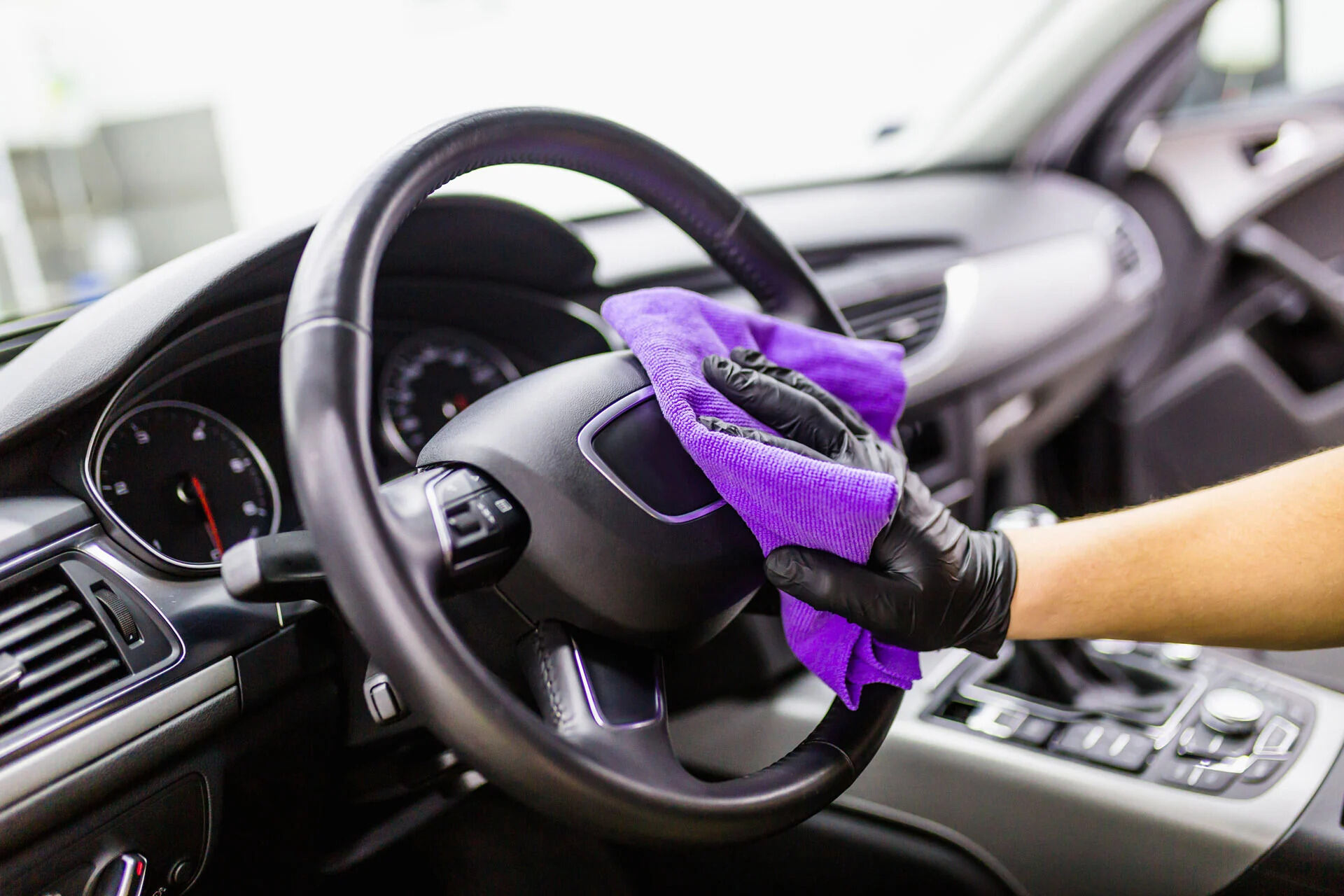
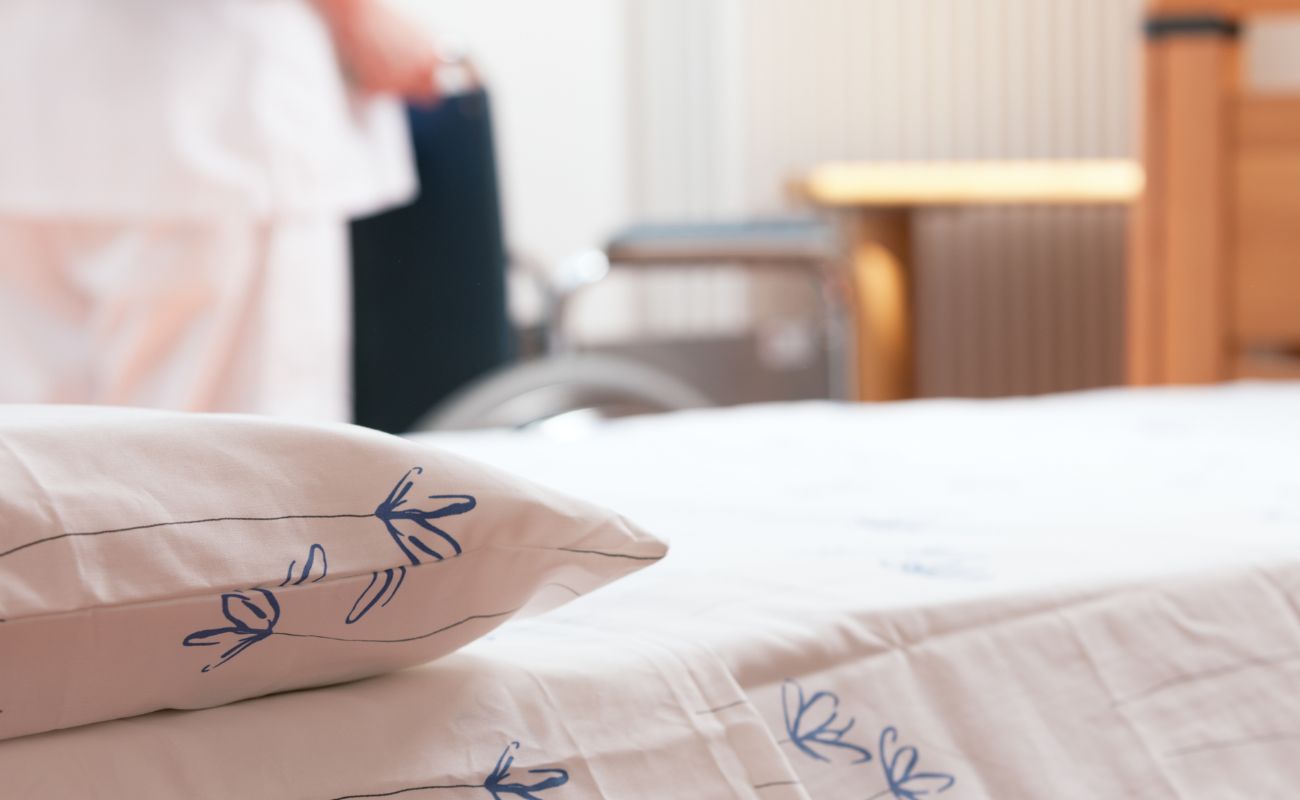
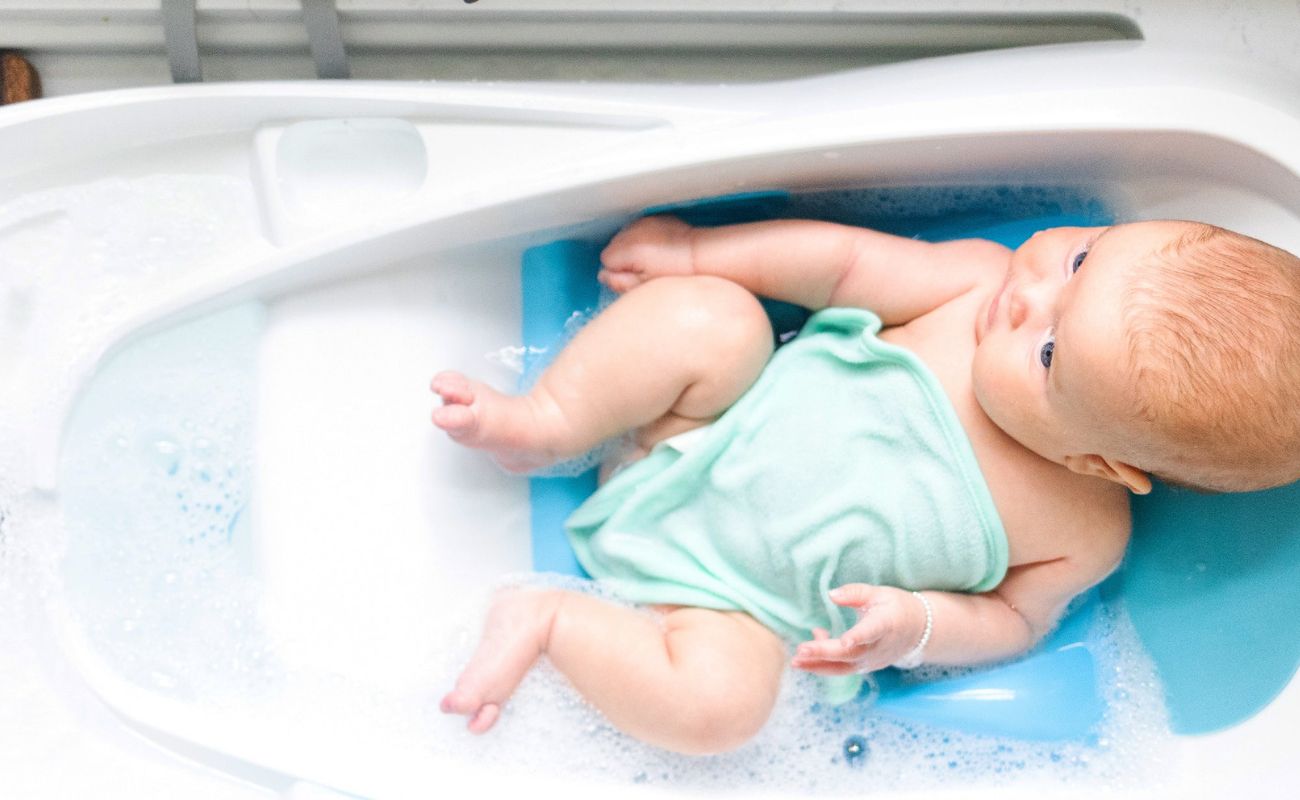
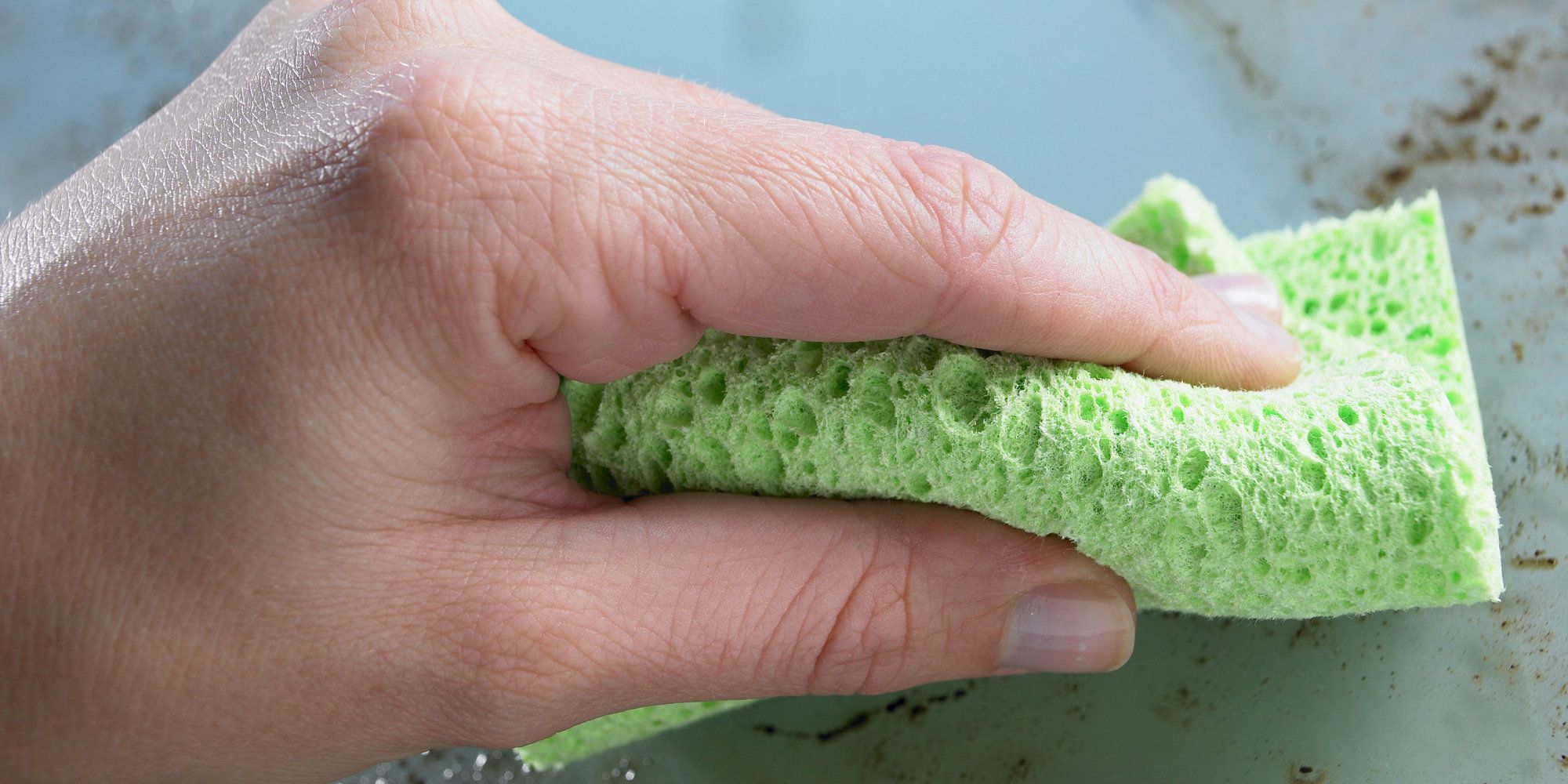

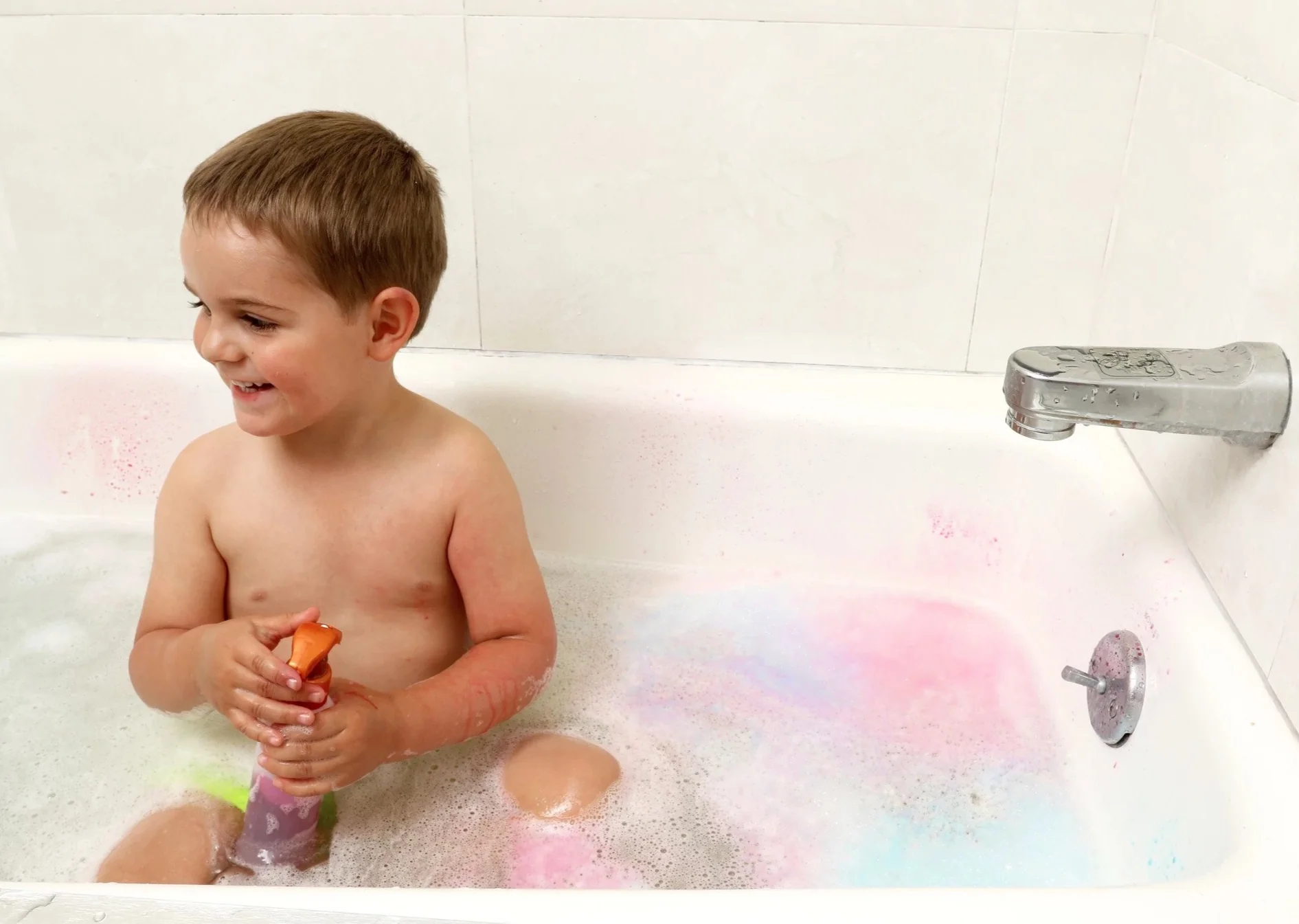
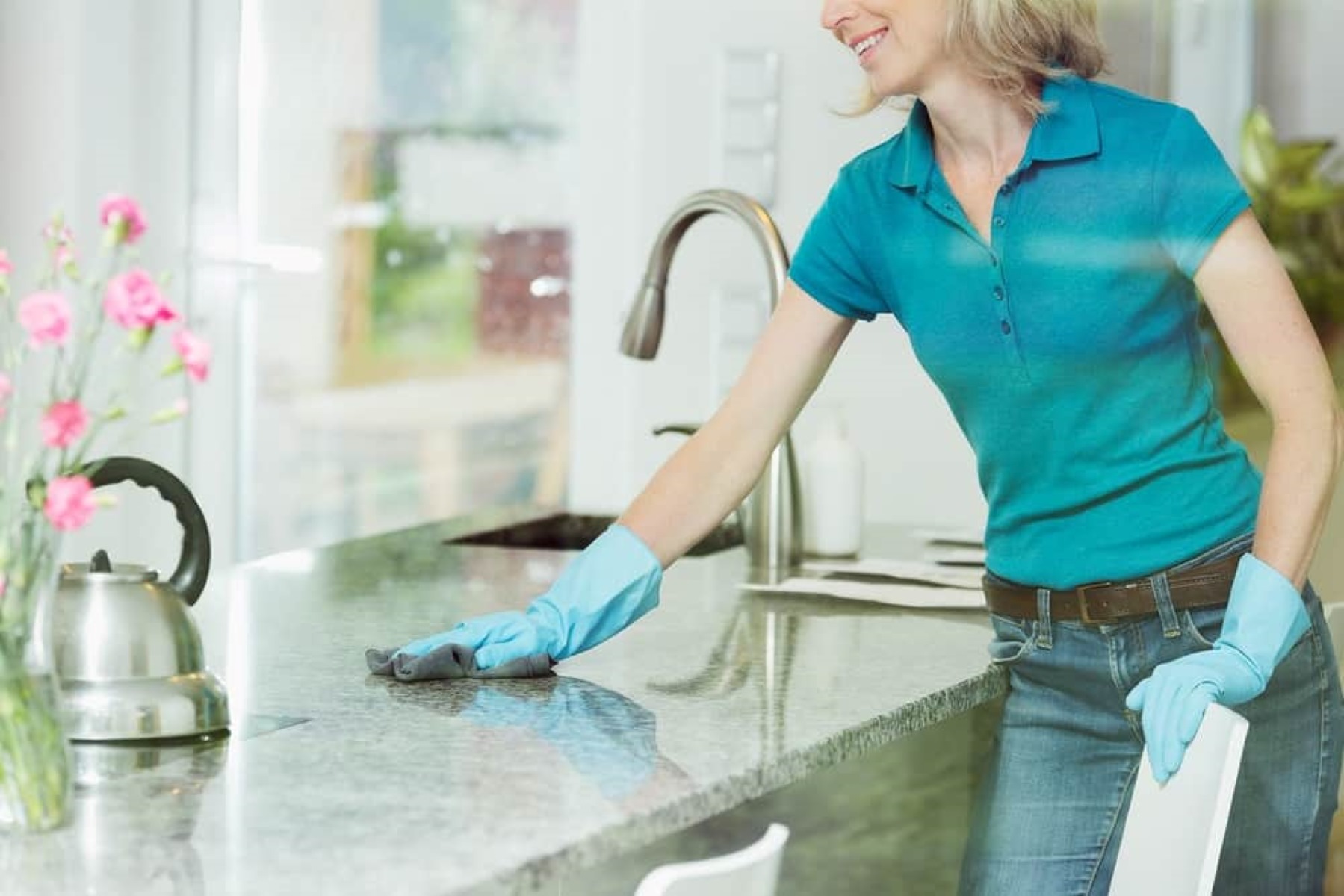

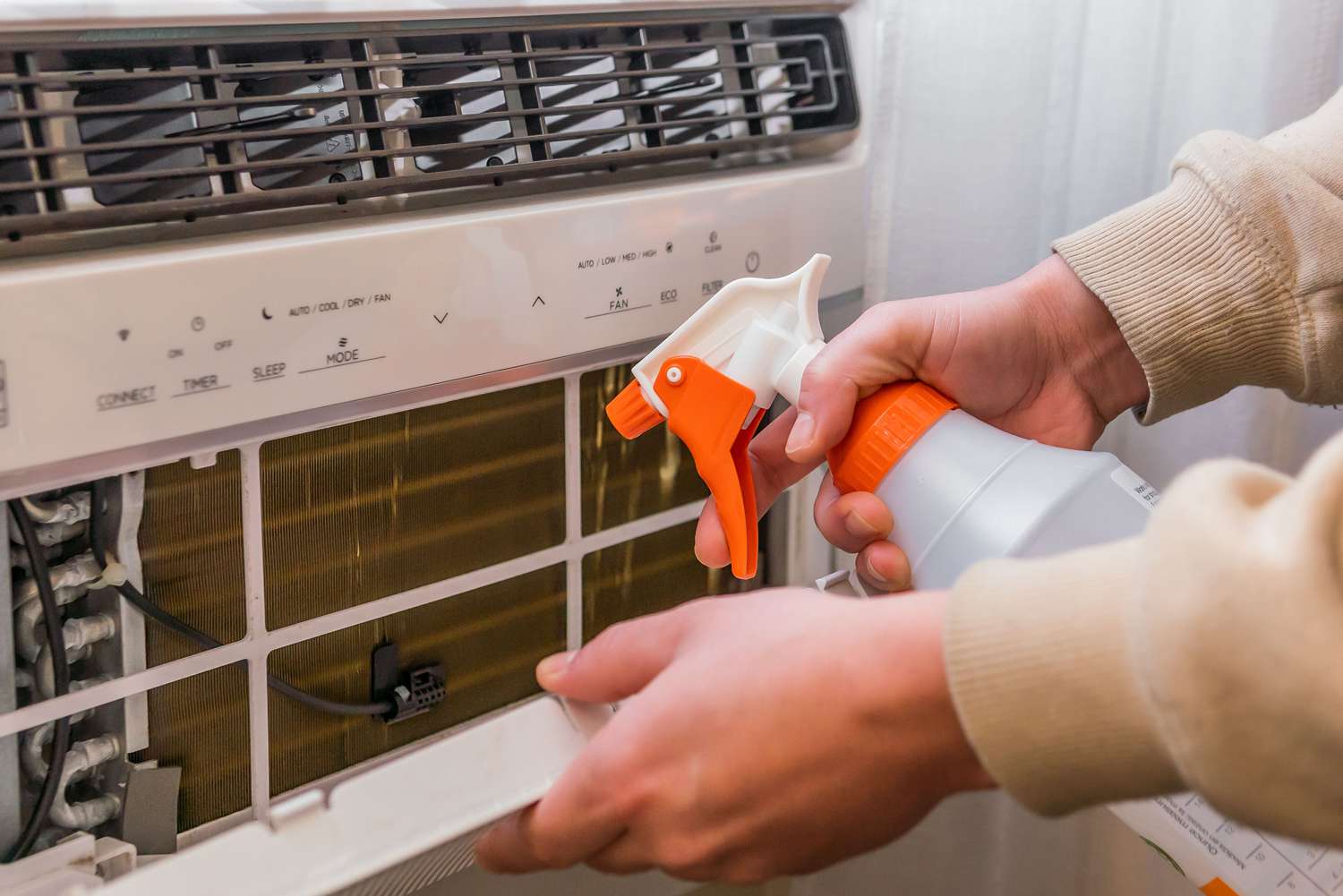

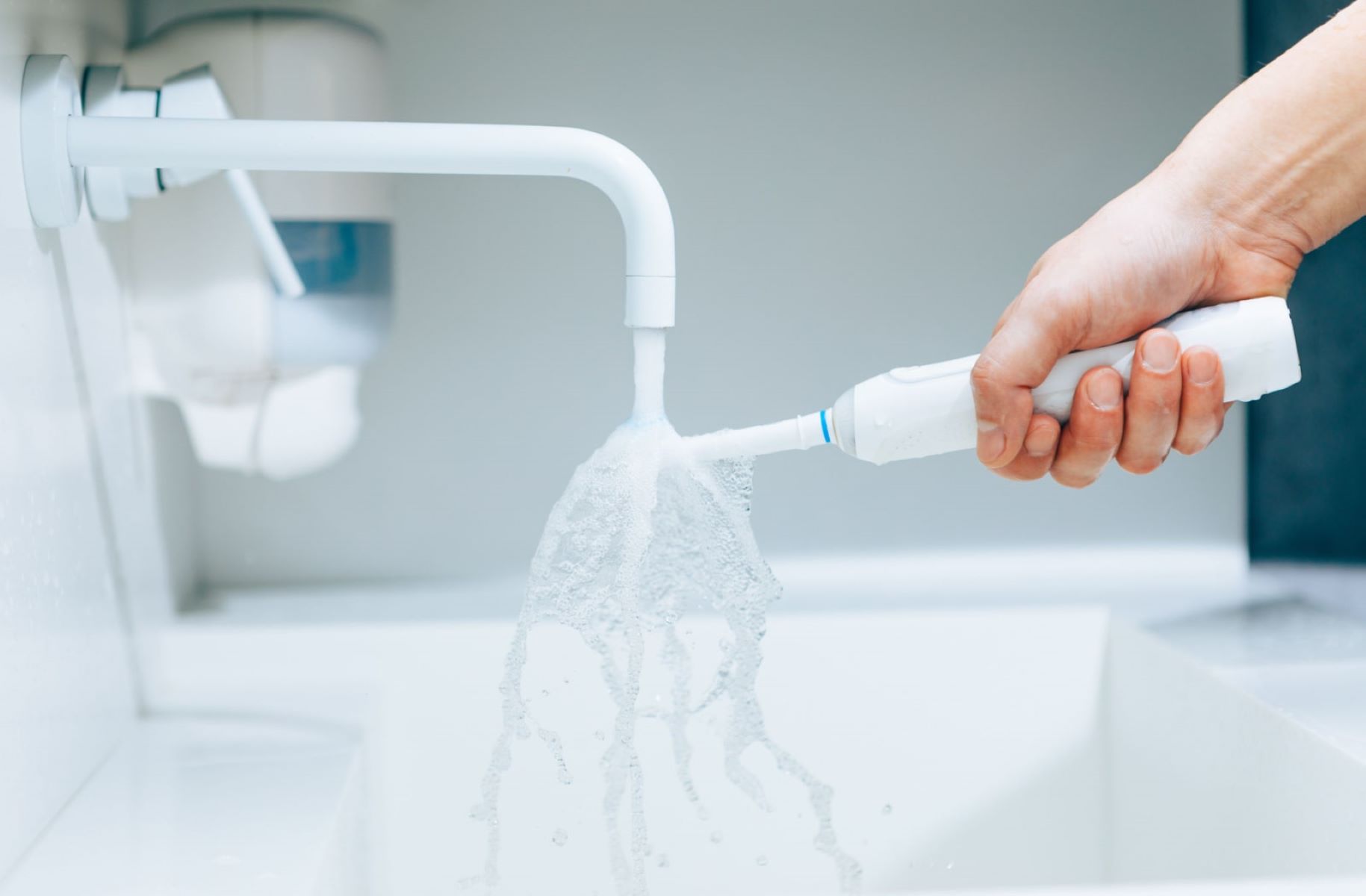
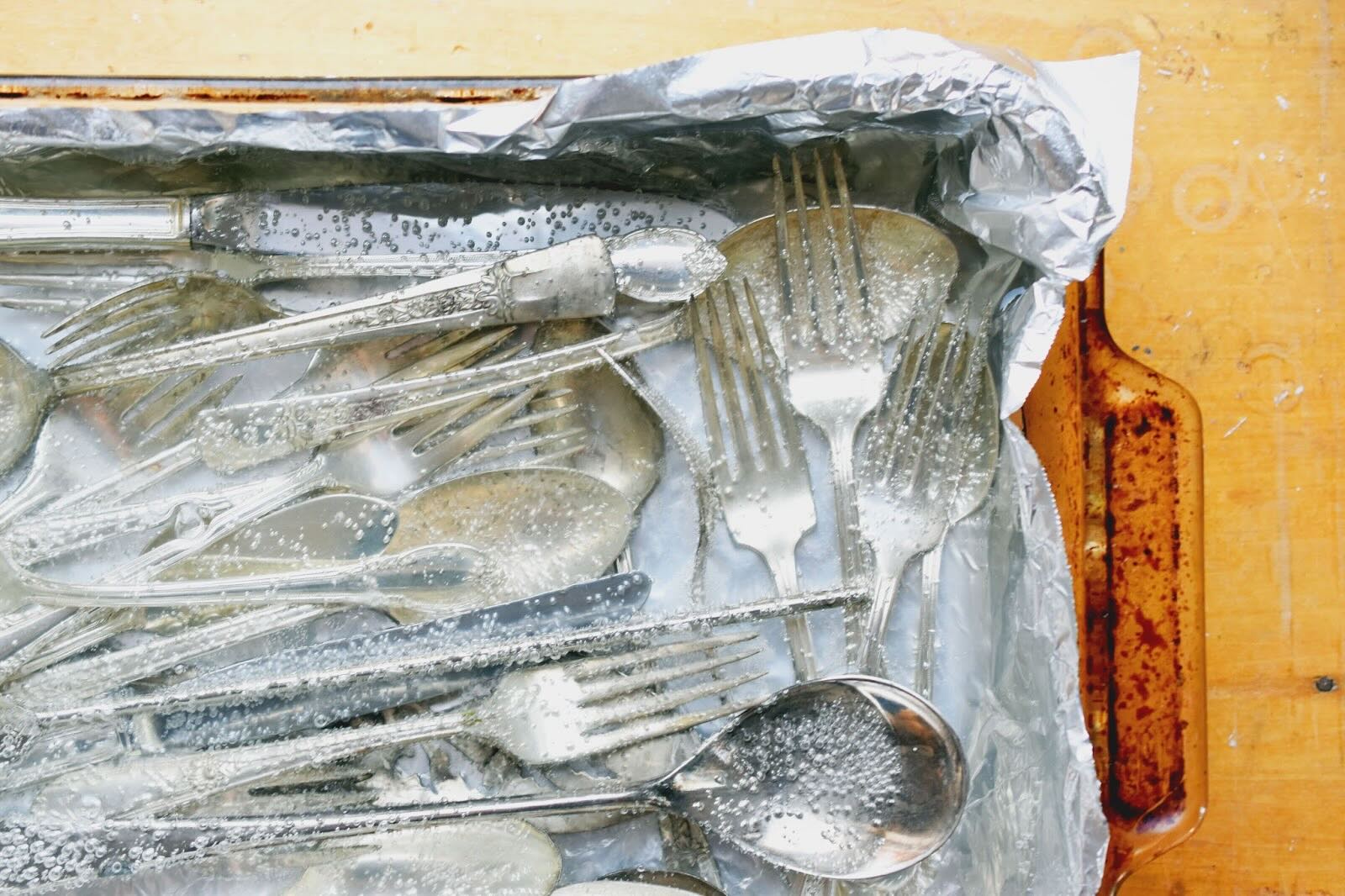
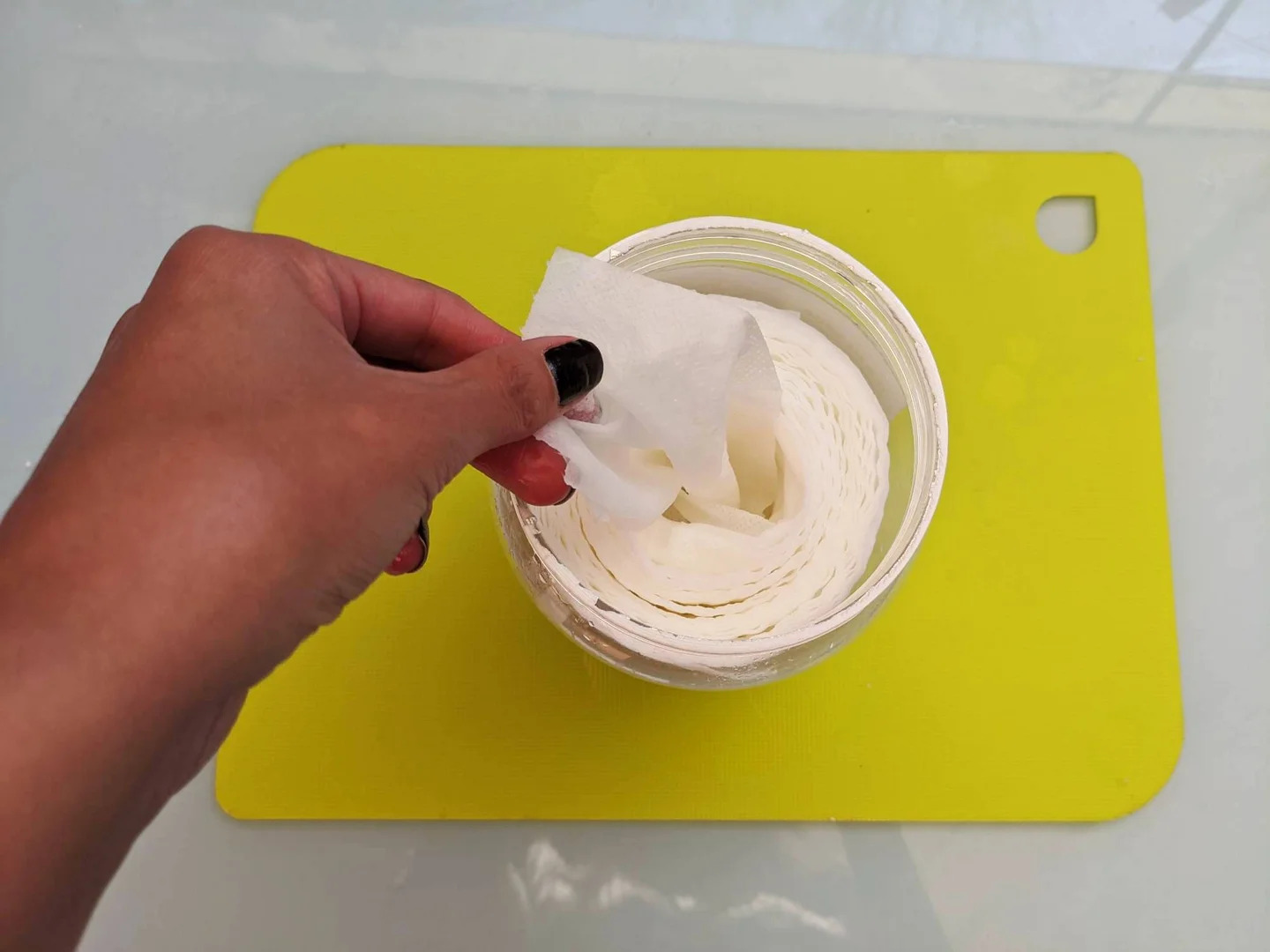

0 thoughts on “How To Disinfect And Clean Your Home After The Flu”